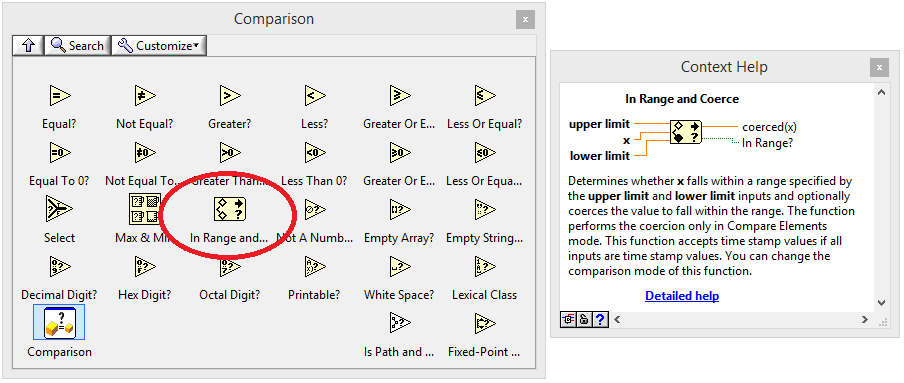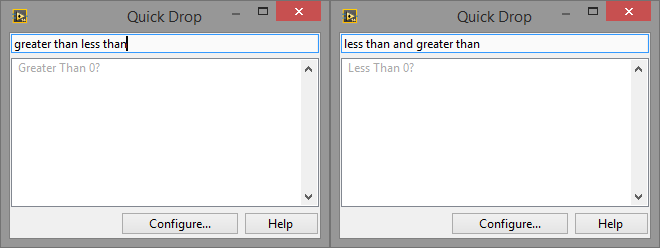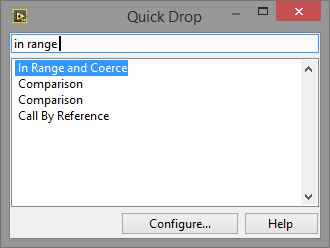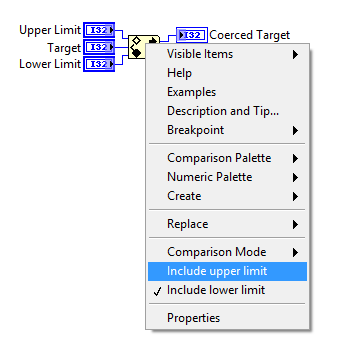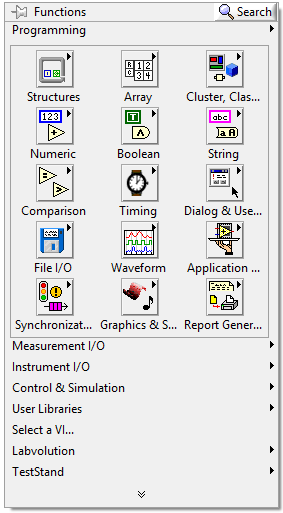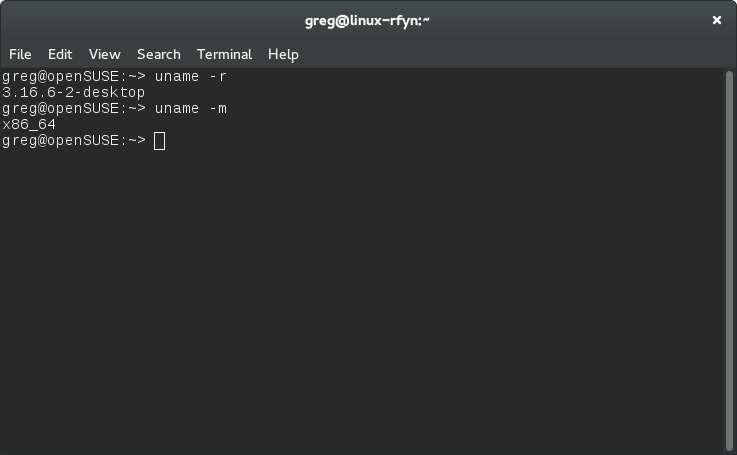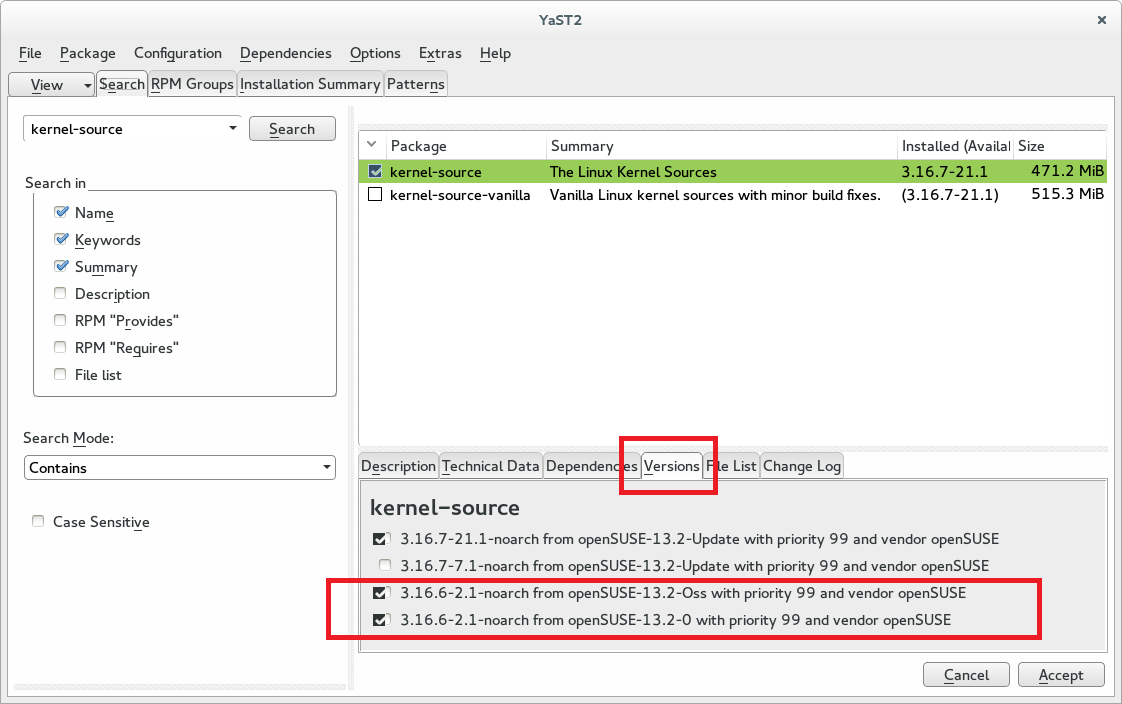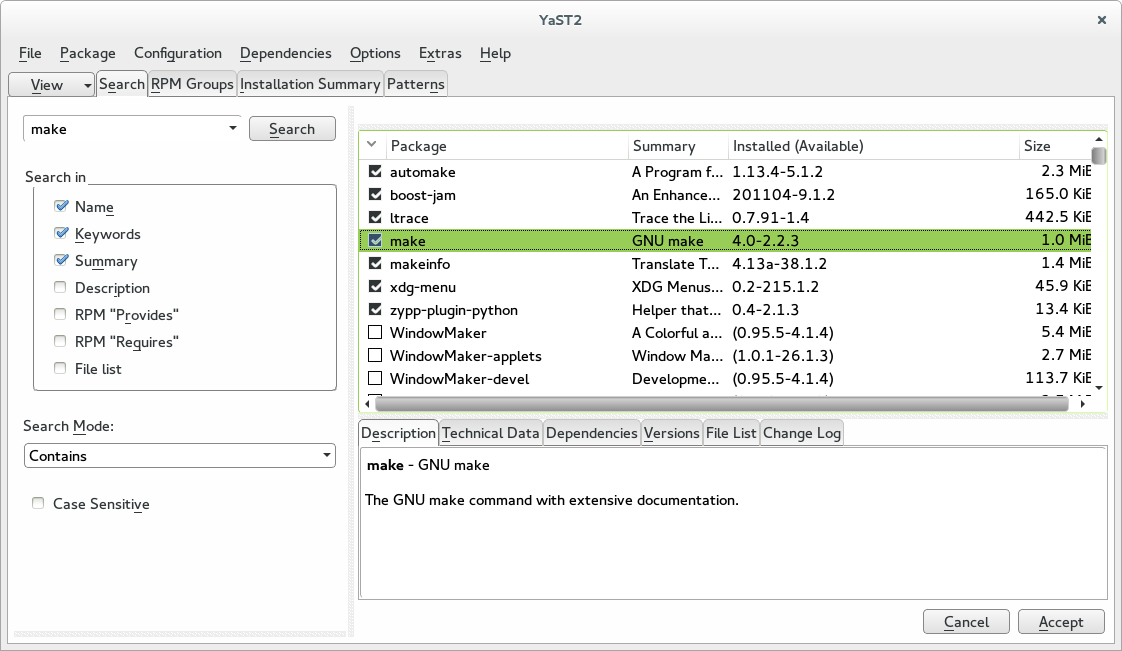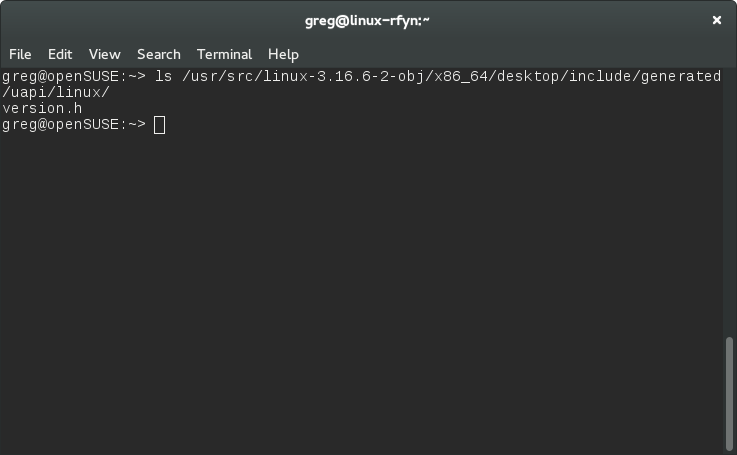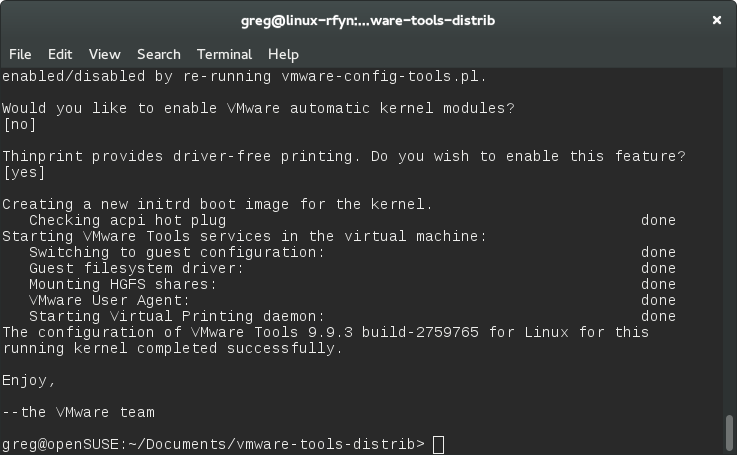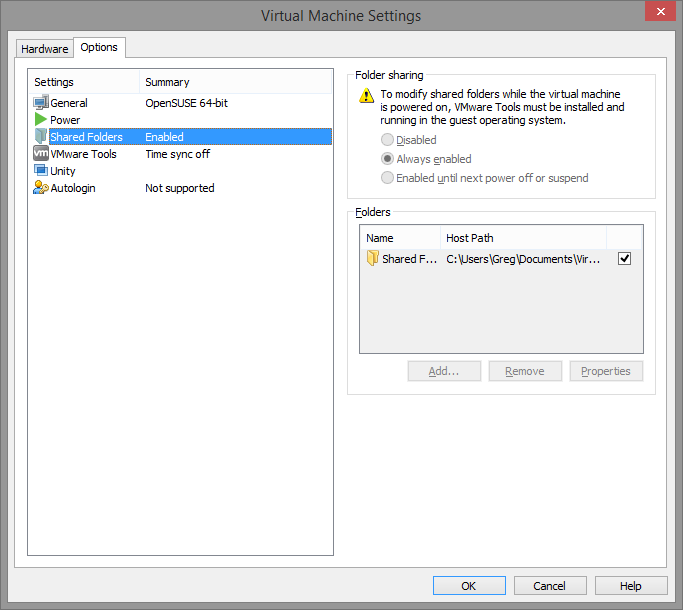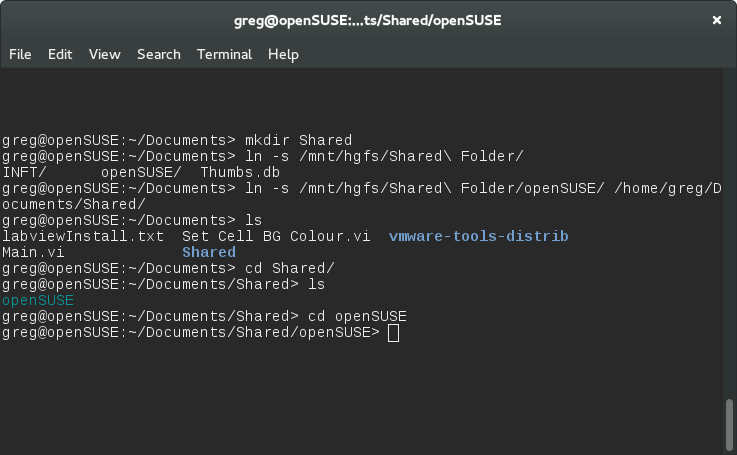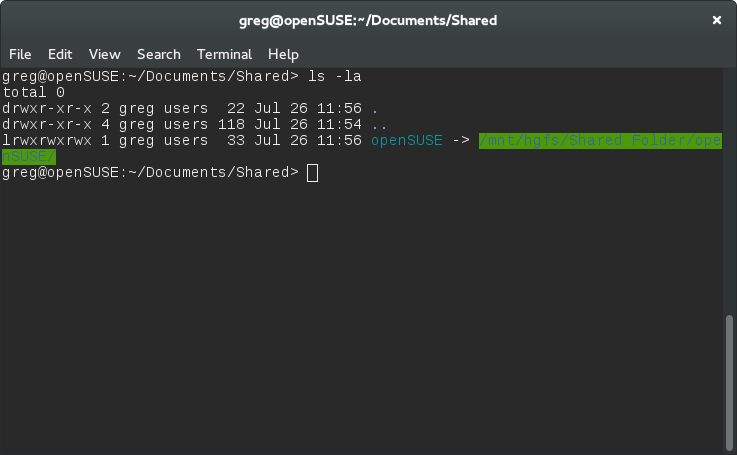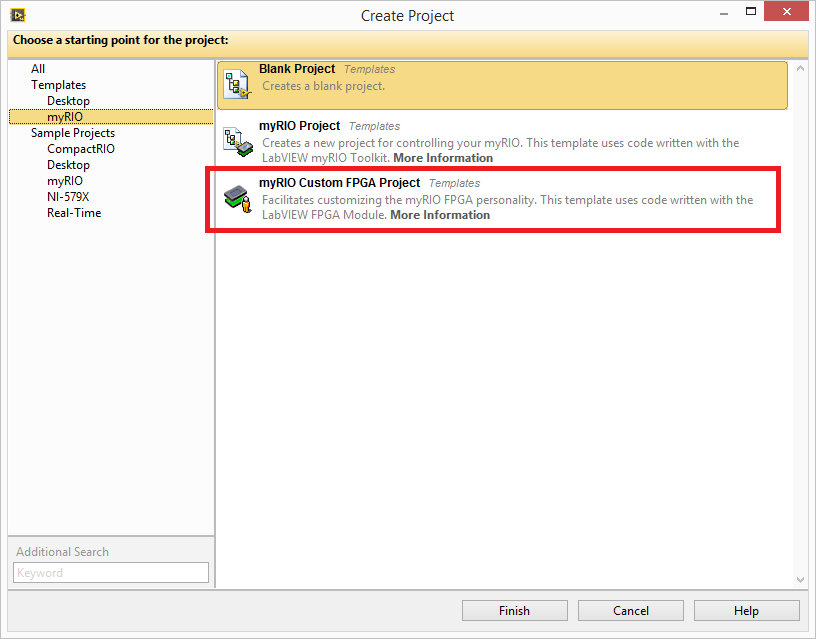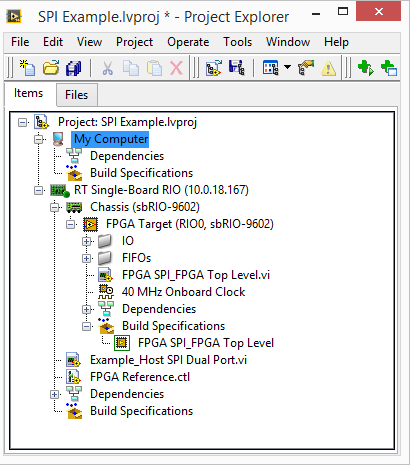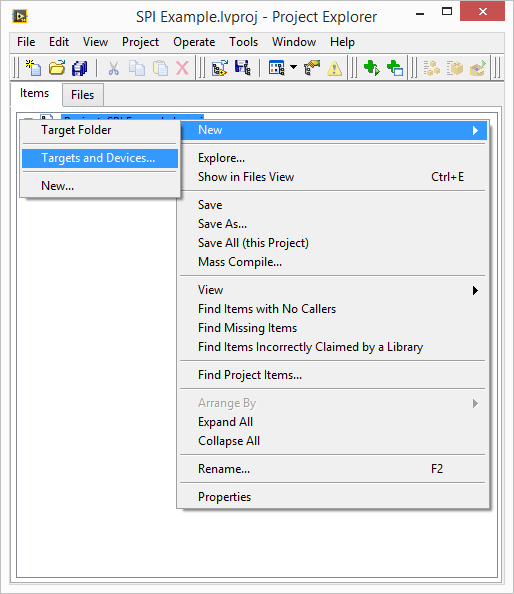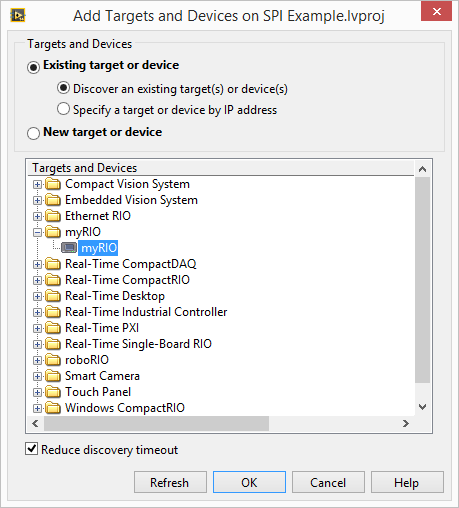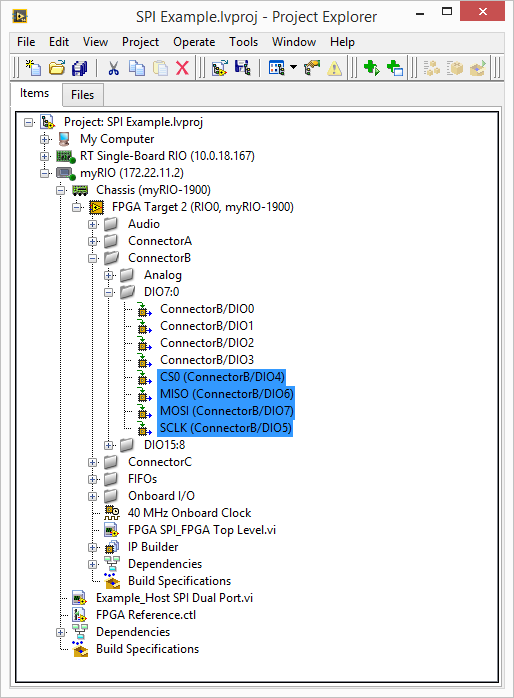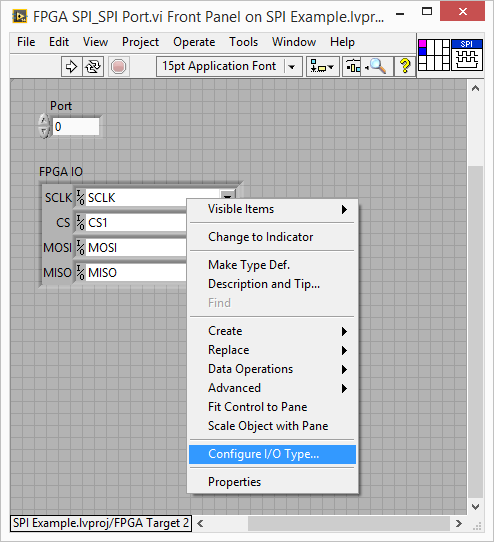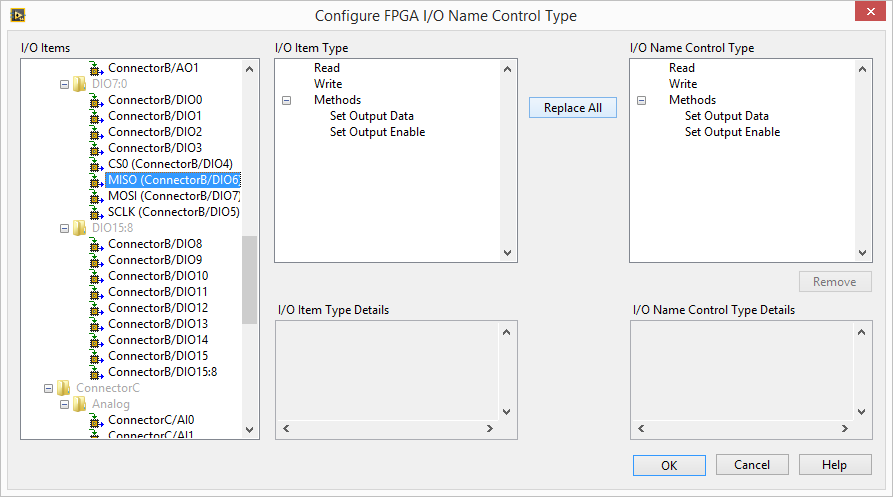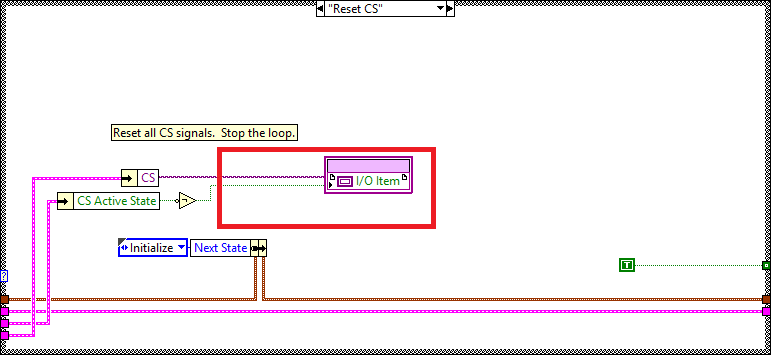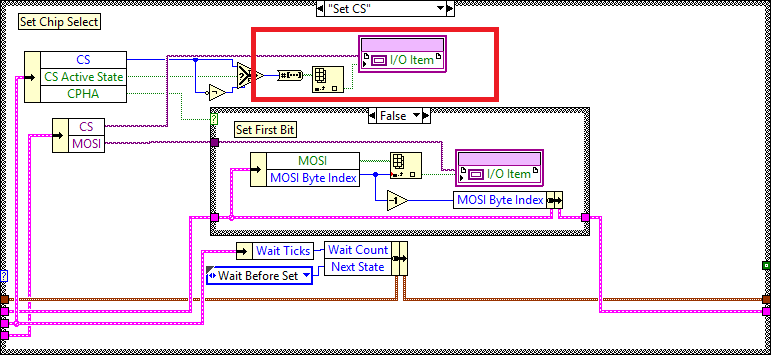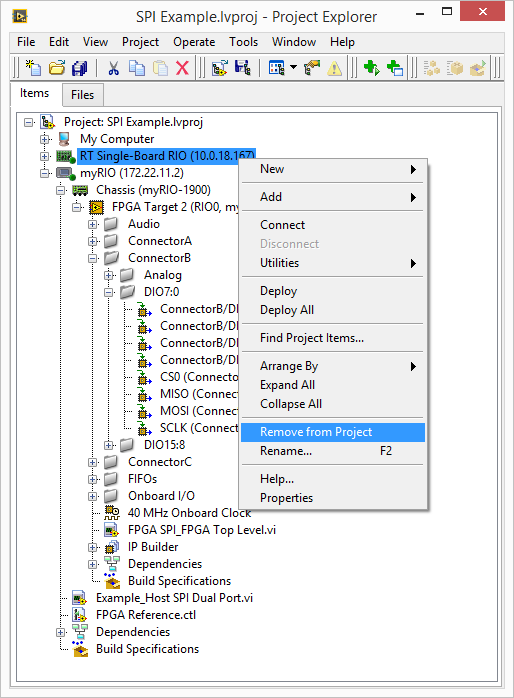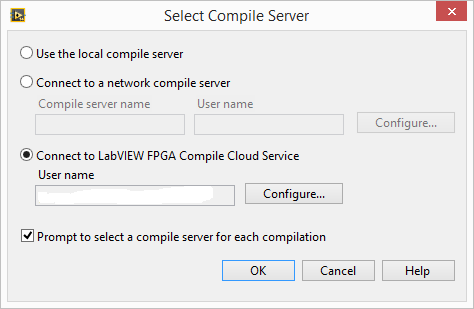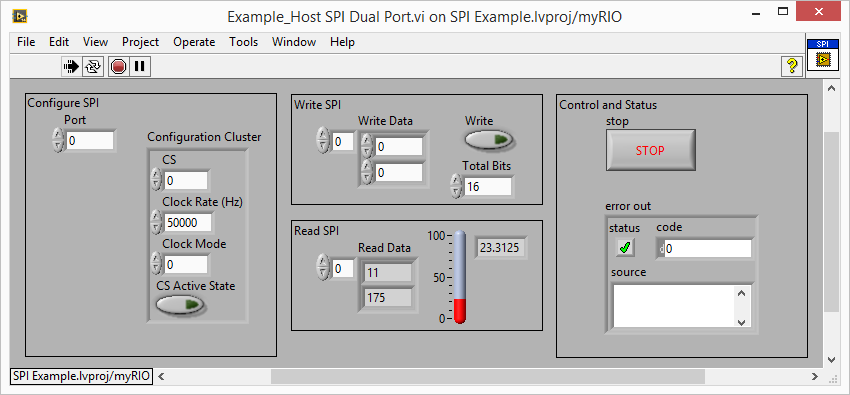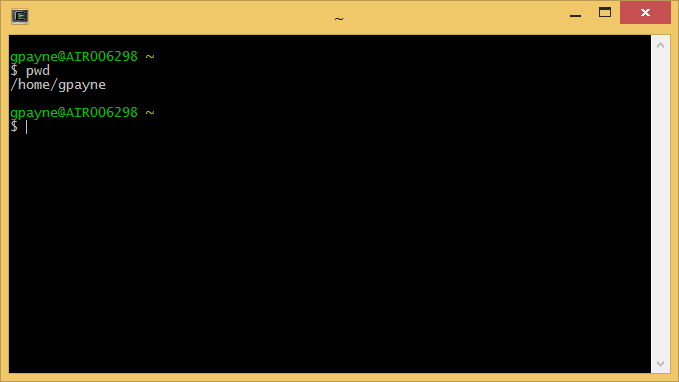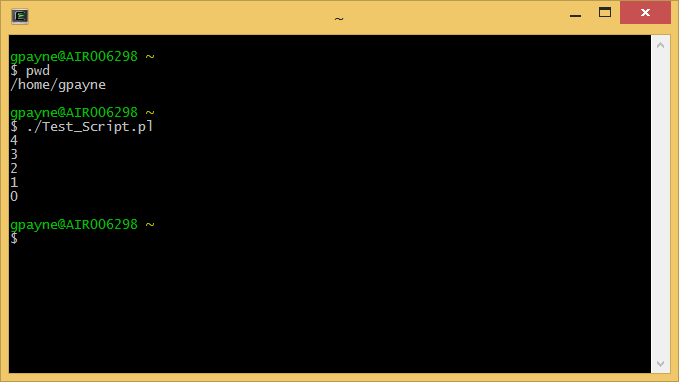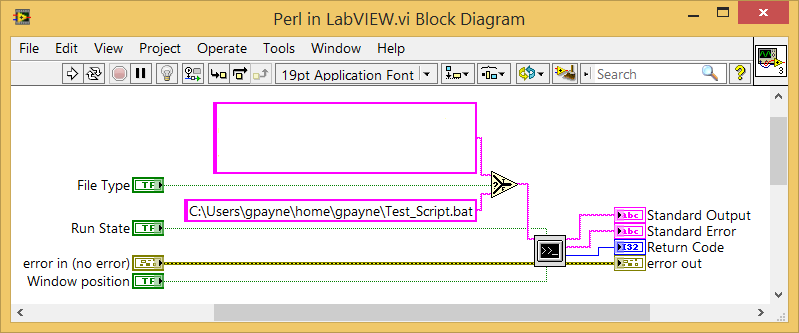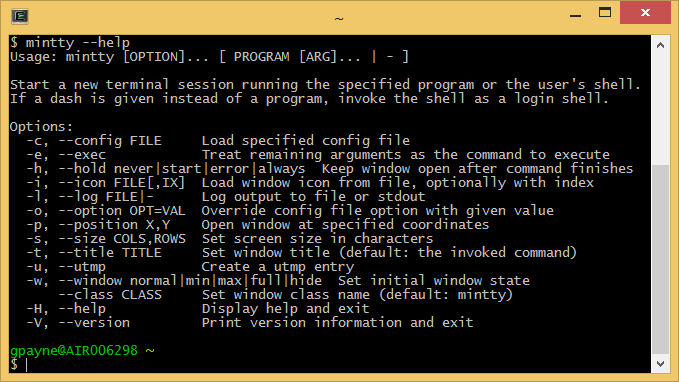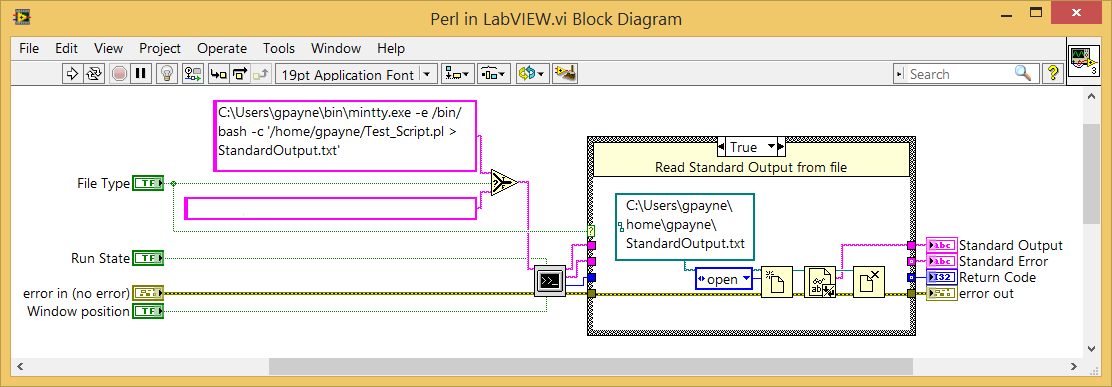In my day-to-day LabVIEW development, I perform a lot of System Exec calls. Whether it’s getting the status of my git repositories or communicating with instruments. Some commands execute quickly so a small delay is unnoticeable, however some longer running tasks appear to not be doing anything.
My issue with the standard LabVIEW System Exec vi is that you only have two ways to use it.
The first is when “wait until completion?” is True, the command runs in a terminal with no progress visible. When the command completes, what should have been written to the terminal during the command’s execution is written to the Standard Output indicator. This method is fine for very quick commands.
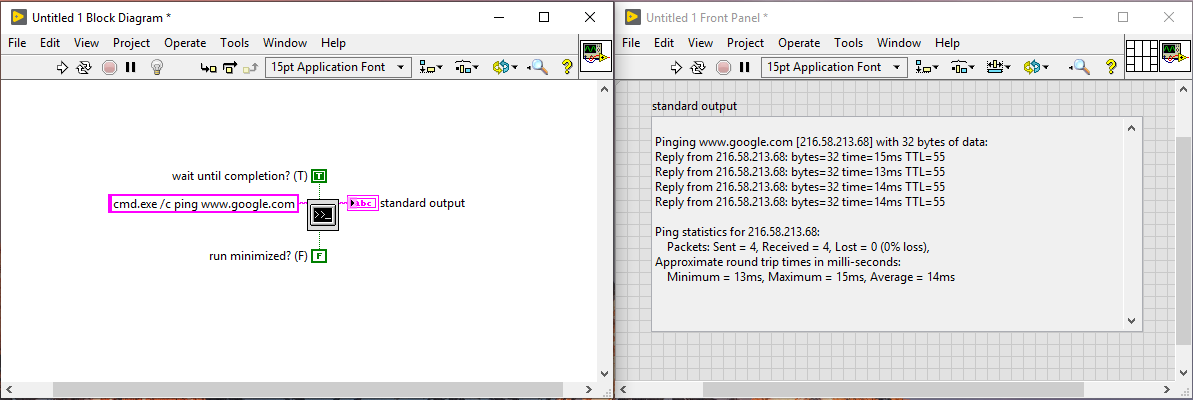
The second method is setting “wait until completion?” to False. This will then open a terminal, display the progress within the terminal window and when complete write nothing to the Standard Output indicator. This method is good to show progress, but when the command completes, you cannot get that output into your LabVIEW application to parse.
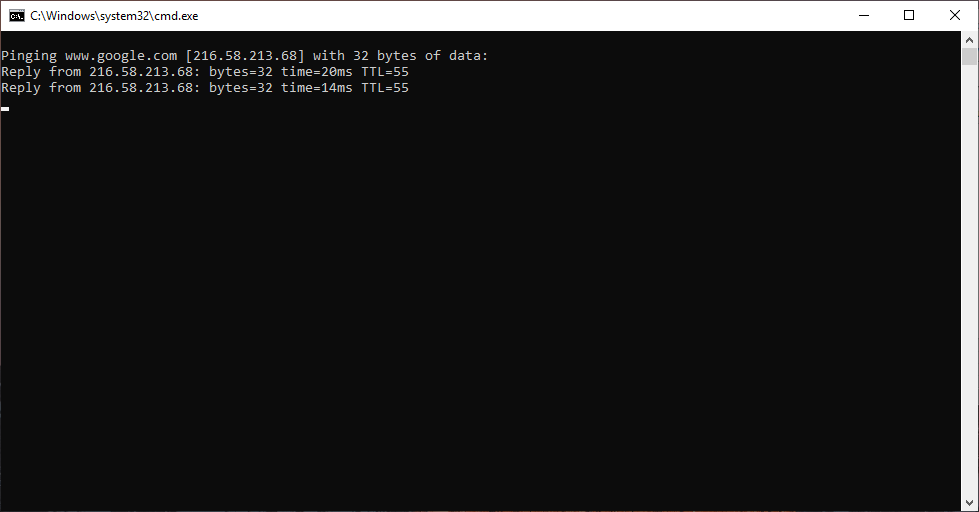
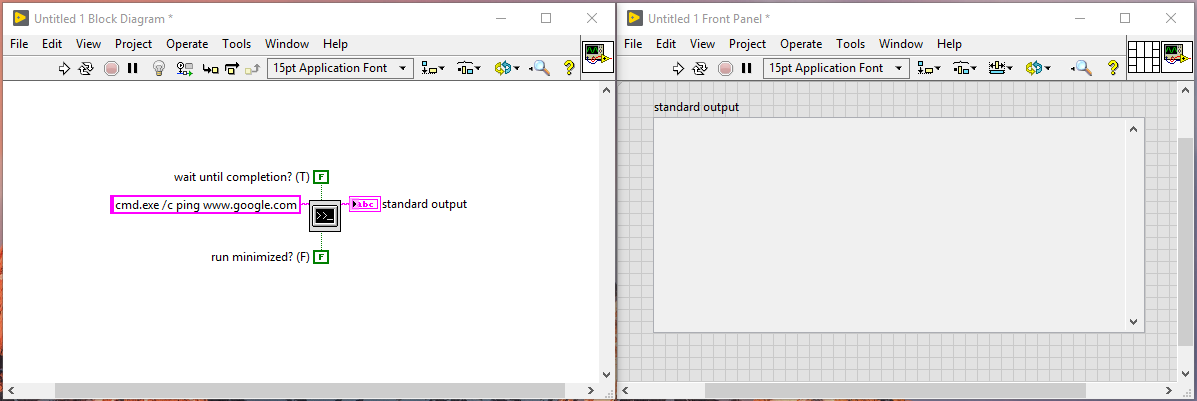
What I want is a middle ground where you can get the progress during the command execution AND the final output into your application.
I have been working on a tool lately to manage the many submodules within any of my projects. It uses the LabVIEW project provider framework and runs when projects are opened. I have started to take advantage of git submodules for all my reuse code, drivers and anything that is shared between projects. The tool uses System Exec to execute various git commands. Many of the commands take a while to execute because of the number of submodules within a given project.
Having the user interface appear to hang while the command is executed is not very comfortable for the user. Even though I know the software is working and what is happening in the background, I still feel uncomfortable waiting for a command to execute.
To get around this, I have used two .net classes to execute the command. Callback vi’s are used to register event callbacks which in turn generate LabVIEW events to display progress to the user.
There are two modes of operation for the Callback System Exec vi. The calling vi has the option to create user event references, which it subscribes to, and passes the references into the Callback System Exec vi. When the Callback System Exec vi gets a standard output update, it uses the passed in user event reference to notify the calling vi of the updated standard output text.
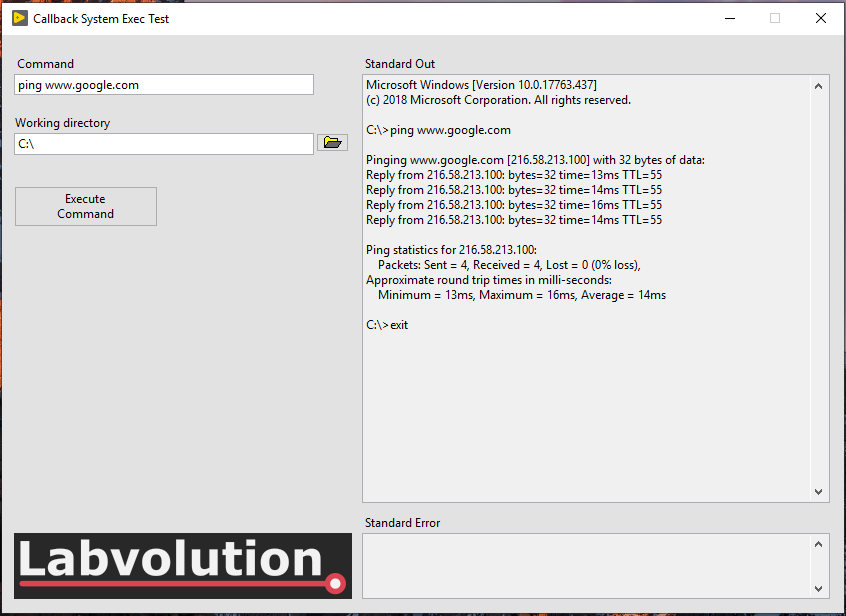
If no user event references are passed in from the calling vi, the command will still be executed and once complete, the standard output can be read as a normal indicator. As well as the optionally passed in user event references, the Callback System Exec vi creates its own internal user events which register to the standard output and builds a string to return when complete.
Having the ability to see the response as it happens from a command has a huge advantage when executing long-running commands that a user must wait for.
This Callback System Exec vi has made my submodule tool a lot more user friendly by showing continuously the output from the command. Some commands take 10-15 seconds to execute so seeing nothing in this time can leave the user not knowing what is happening.
If you want to have a look at the code and give it a try, you can clone the repository from bitbucket. Feel free to suggest changes and modifications, fork the repo and collaborate to make it better.
